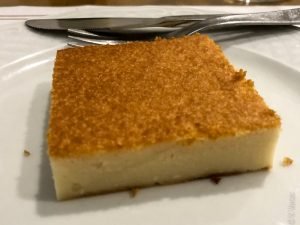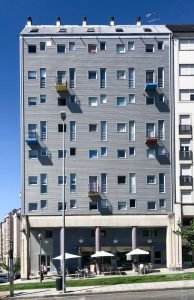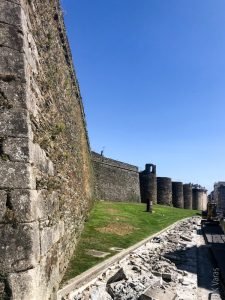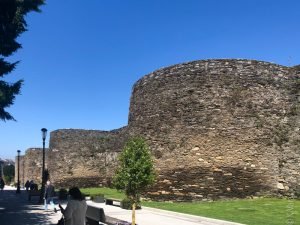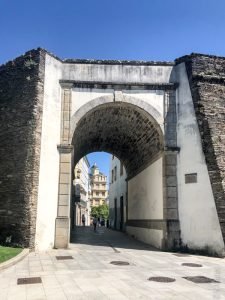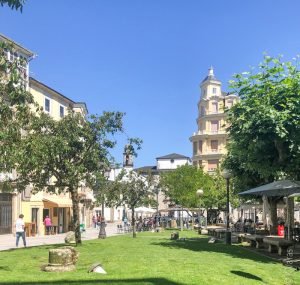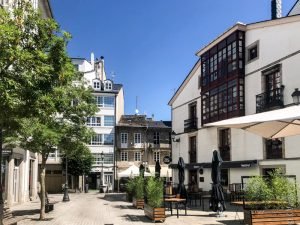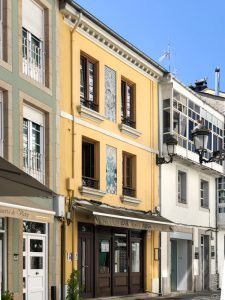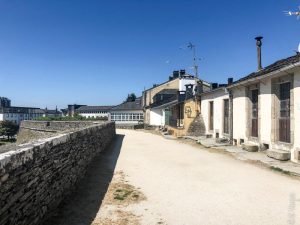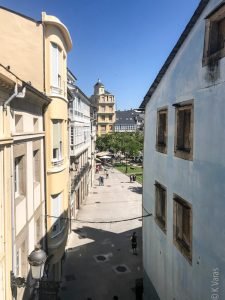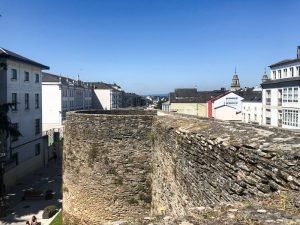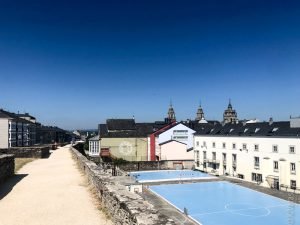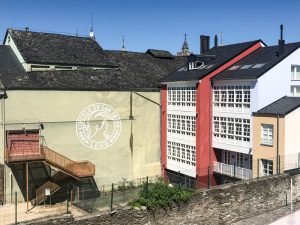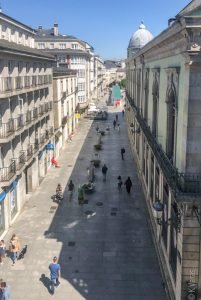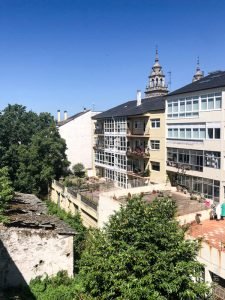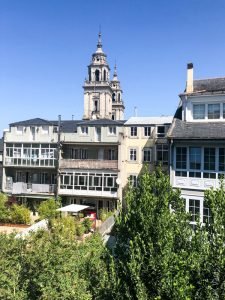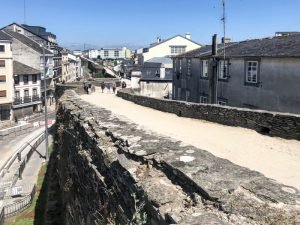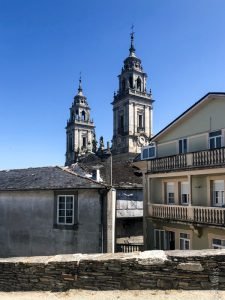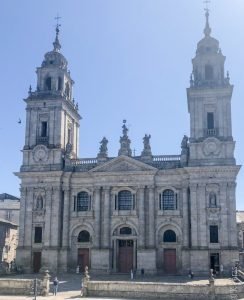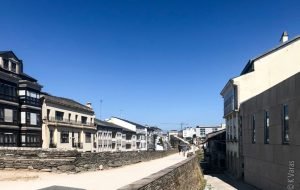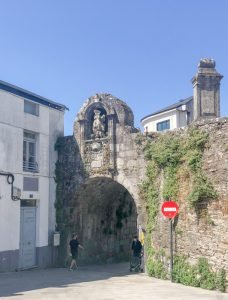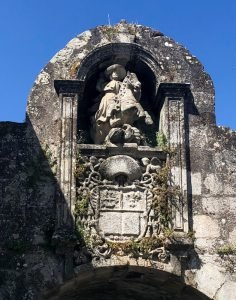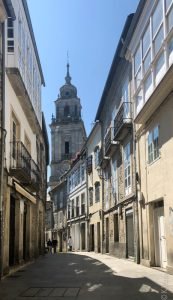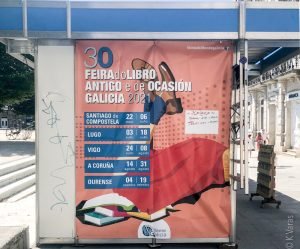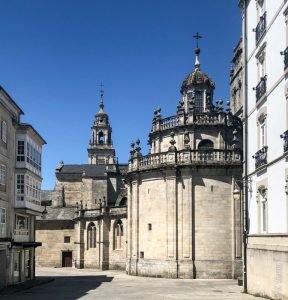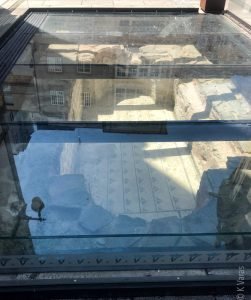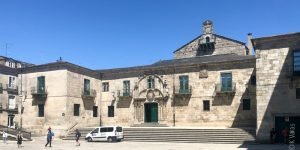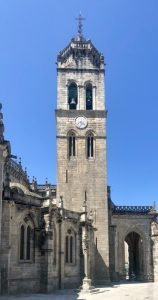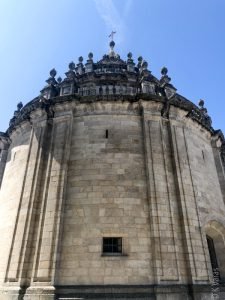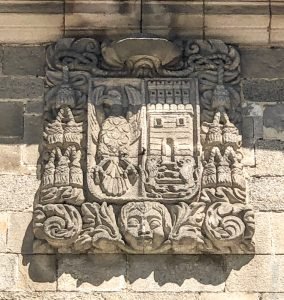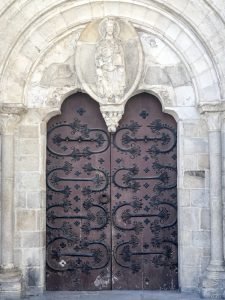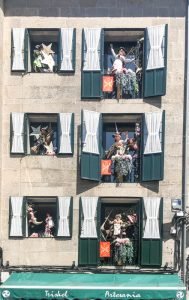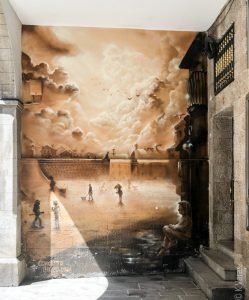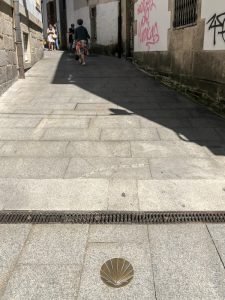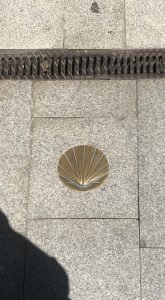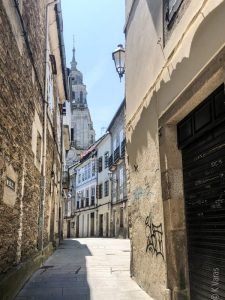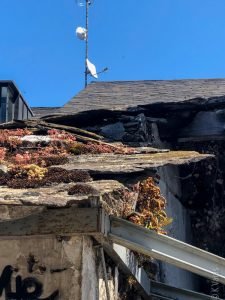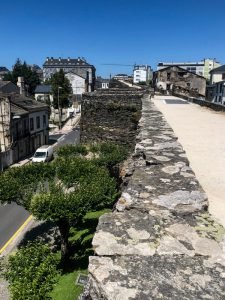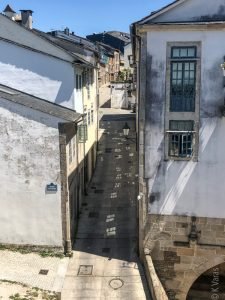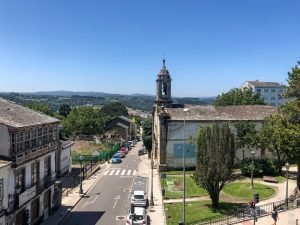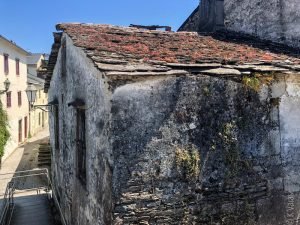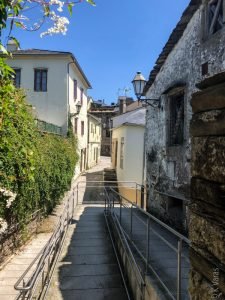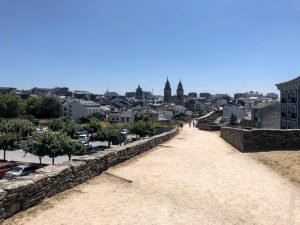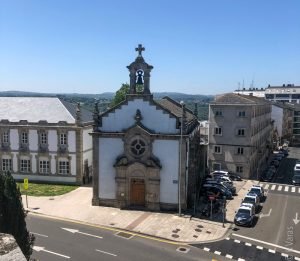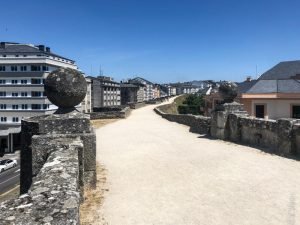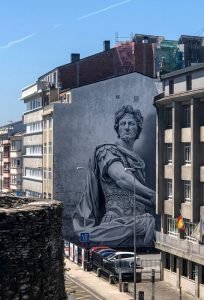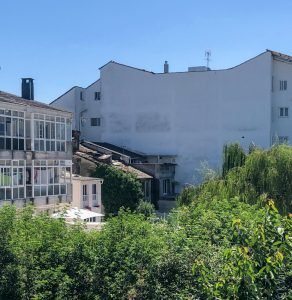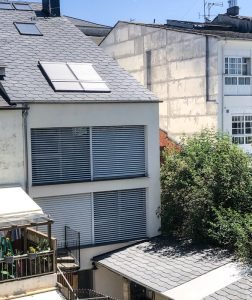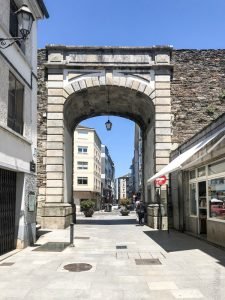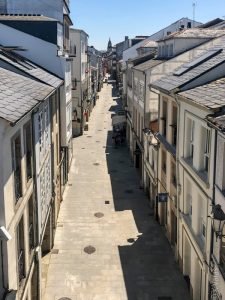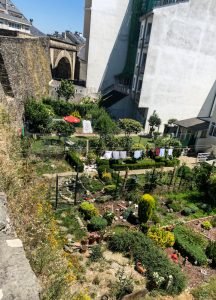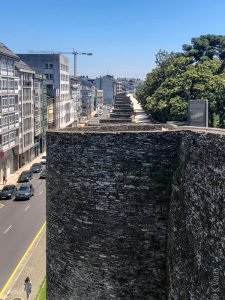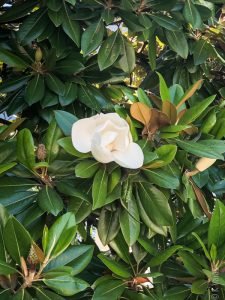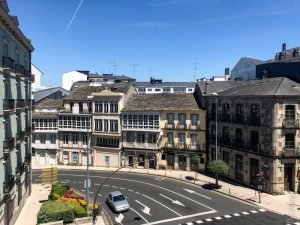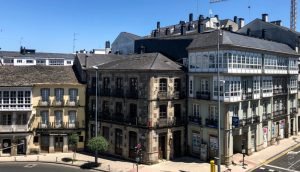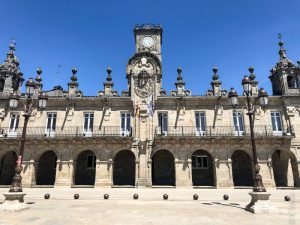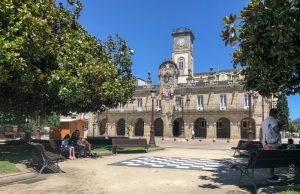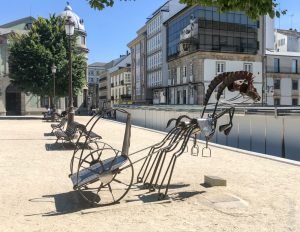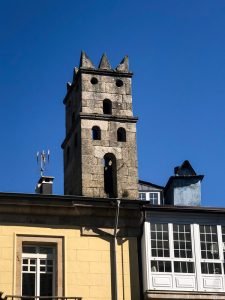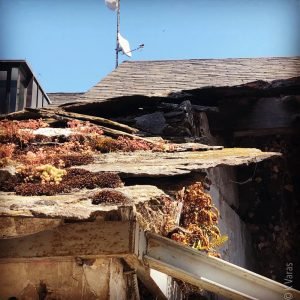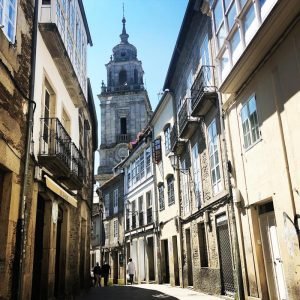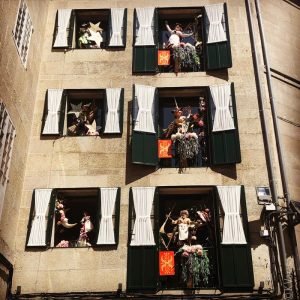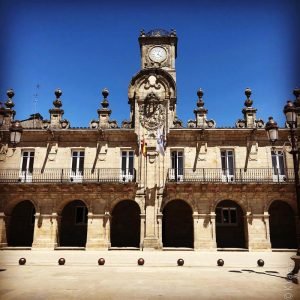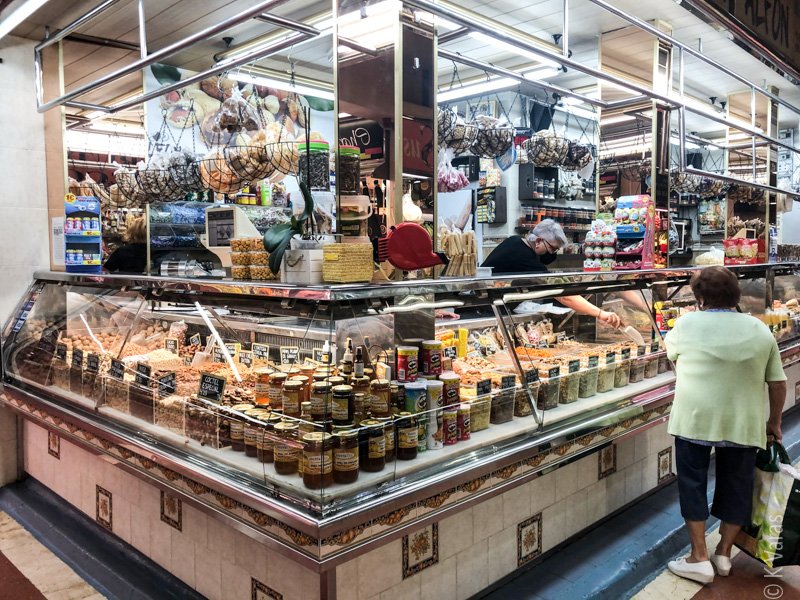
Lugo, Just Lugo
Having come all this way you know I wasn’t going to be happy just hanging out in A Coruña; there are many interesting cities in Galicia, all within a bus or train ride of under two hours from my base. So I picked Lugo, seemingly at random, but I quickly found out that my choice was actually a very interesting one. Located just under 100km southeast of A Coruña, Lugo is the provincial capital of the Lugo province, and, as so many cities and towns in Spain, it sports Roman footprints. As a matter of fact, it is the only place on Earth where you can find an intact Roman city wall built in the III century, a 2km+ structure between 10 and 15 meters high with 46 remaining towers. And the best part? You can walk all along the top of it! This was my main goal for the day and it promised to be a lot of fun.
First I had to get there, however. Trains don’t seem to be the preferred way to travel here, at least not where I wanted to go, so I opted for the bus. I don’t mind the buses, I’ve been on quite a few already, and the service is usually very good, except when the bus driver gets lost, but I divagate. The main bus station in A Coruña was easy enough to get to, a 15-minute city bus ride from a nearby plaza. The station itself, however, was a different story. The signage inside was very confusing and my first attempt at finding the correct bay for the Lugo bus was a bust. Somewhat frustrated I crossed the large depot area where the buses come in to the other side thinking I was in the wrong area only to be sternly reprimanded by someone via the PA system, and while inwardly I was burning with shame, outwardly I pretended I was a lost tourist and didn’t know the announcement was directed at me. It helps to look the part! Once on the other side, however, I realized there was an “in” side and an “out” side, i.e. a set of bays for departing buses (where I was originally) and a set of bays for arrivals, the side I was now at. Starting to freak out a little I marched back up the escalator to the connecting building where the ticket offices were desperately trying to figure out which bay my Lugo bus was leaving from. I even asked at the main info counter only to be told that my bus didn’t exist. Clearly the woman was out to lunch since I had a ticket so I went back downstairs to Departures. Turns out my bus was a bit late and it just sort of all of a sudden appeared. Very relieved and happy I had come with time to spare, I ended up being one of only a handful of passengers and settled in for the slightly-over-an-hour-long ride.
The region we travelled through was full of hills and greenery, with rivers carving out beautiful vistas … big rivers almost brimming with water and villages nestled among the turns; it was all very picturesque. The tree that captured my attention again were all the eucalyptus trees everywhere: once I learned to recognize them I saw that they really were everywhere. One thing I wasn’t used to much were the tolls on the highways though the bus went conveniently right through them hardly slowing down; I guess the driver had a schedule to keep.
As luck would have it, the bus deposited me at the Lugo station across the street from one of the gates through the Roman wall. For once I was delivered right to where I wanted to be. The first impression of the wall was, well, impressive. I was used to seeing bits and pieces of city walls before but this one I have to say is quite spectacular; I couldn’t wait to get on top of it and stroll around the old town.
I entered the old city via the Porta de Campo Castelo, which led me to the Parque Campo Castelo and a little shopping area. For a provincial town the shopping is pretty upscale here: the first store I noticed was a Givenchy and an Armani Emporium. The bar was set! As I turned around to face the wall I noticed the stone steps that led to the walltop walkway. When I emerged on top of the wall I was very surprised at the width of it: no single file here, uh-ah. You could easily fit a car up there though I suppose a horse-drawn carriage would be a more practical mode of transportation. Happy that I would not have to pass close to any other humans (I do love my solitude at times), I put music on and, totally at random, started to walk in a clockwise direction.
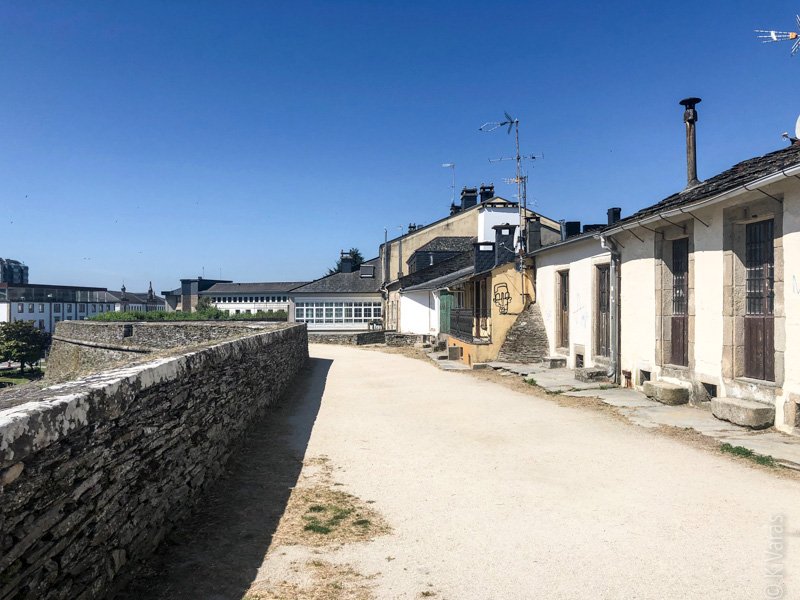
I walked the wall enjoying the views through the new parts of the city, the valley beyond, and hills in the distance. Views into the old town included mostly old and often dilapidated structures, as well as nicely maintained new and renovated buildings, some with gardens, and some with more sign of the old Roman foundations. Occasionally, I looked from above at the occasional gates below and watched the human traffic go in and out of the centre. There is very little vehicle traffic allowed into the old town and it showed. There was a real sense of peace and quiet both on the wall and below it, at least on my right hand side. There is a road that goes around the wall on the outside (Ronda da Muralla) but even there cars were few. With the sun shining and a gentle breeze cooling me off, it was by far one of my favourite walks ever.

After a short while I reached a gentle exit ramp that led to the Praza Pío XII and the Lugo Cathedral. I suppose this was the main gate, right next door to A Domus do Mitreo, the ancient Roman house and temple ruins. Unfortunately, I did not go inside (it was closed). I did not go inside the cathedral either, but I did roam around the narrow surrounding streets. As if on cue, I stumbled onto a plaza with–you guessed it–a book fair! My luck was still holding in this regard and I spent some time checking out the books. Later, I walked around the cathedral and came across a very cool store dedicated to Las Brujas, the Witches, and, continuing another tradition, I spotted some murals. One thing that I started noticing more frequently now were the Camino de Santiago scallops, the gold medallions in the middle of the sidewalks guiding pilgrims towards Santiago de Compostela, about 20 hours away (that’s walking, of course).
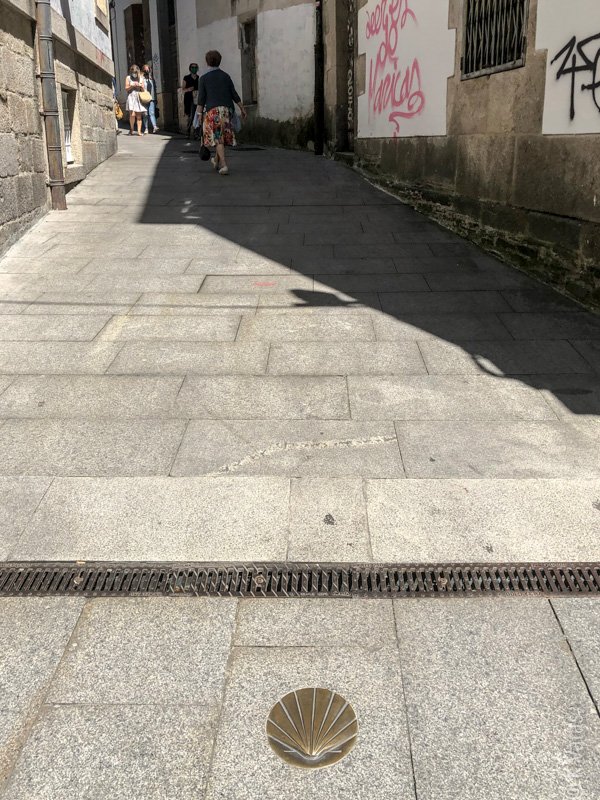
My little detour completed, I got back on the wall and continued north. My walk was very relaxing, made even better by the total lack of fellow travellers. I either pick the best times for sightseeing or else I should be doing what the rest of the people do: eating. Speaking of which, I had received a recommendation for a few places to try from a friend of Fely’s and decided on one that was near the Porta Nova gate. I decided to try some local specialties and ordered something called zorza which was not what I thought it was at all, but also callos, the Galician version of tripe that I love. The local version of cheesecake was also different but very tasty, so the meal was definitely a success.
Sufficiently refueled, I continued on the second half of the wall route. The pictures tell a better story than I can at this point, so do take a look at them; suffice to say the views were still amazing, and the wall still very wide. Once I reached my starting point completing the circle I returned to some of the plazas I saw from above, in the end resting on a bench on a quiet corner next to the wall. It was a great little spot from which to do a little people-watching (not that there were many to watch) and a bit of reading. The perfect way to finish off my visit to Lugo. I will probably have to come back and see some more of the monuments and various points of interest, cultural and otherwise, but for now I was just happy to have completed the wall, retracing the footsteps of some ancient Roman sentry doing his rounds and that made me feel really good.
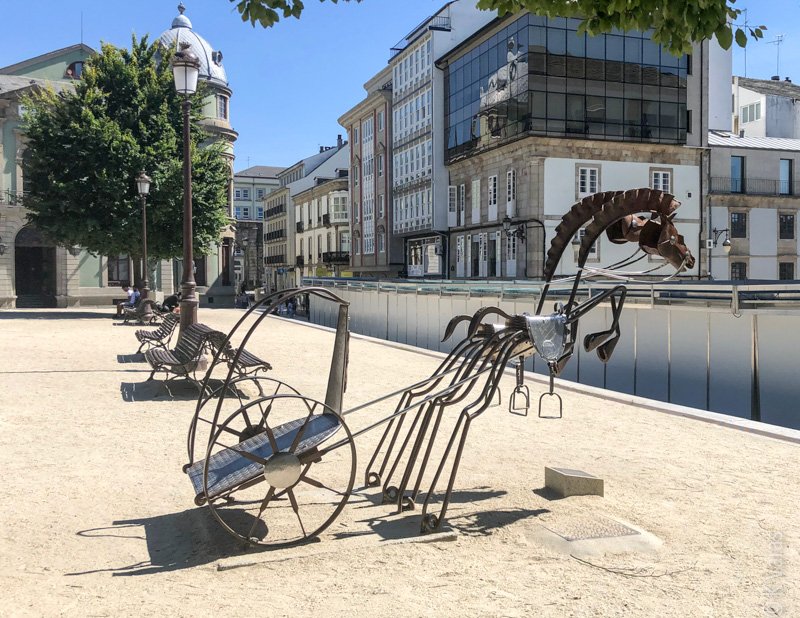
The trip back was a bit of a challenge, however. The bus back was very late and the crowd of people going back to A Coruña swelled astronomically as compared to the late morning. Many of those waiting appeared to be commuters which makes me wonder how common this is around Galicia … first Betanzos and now Lugo. Hmmm.





